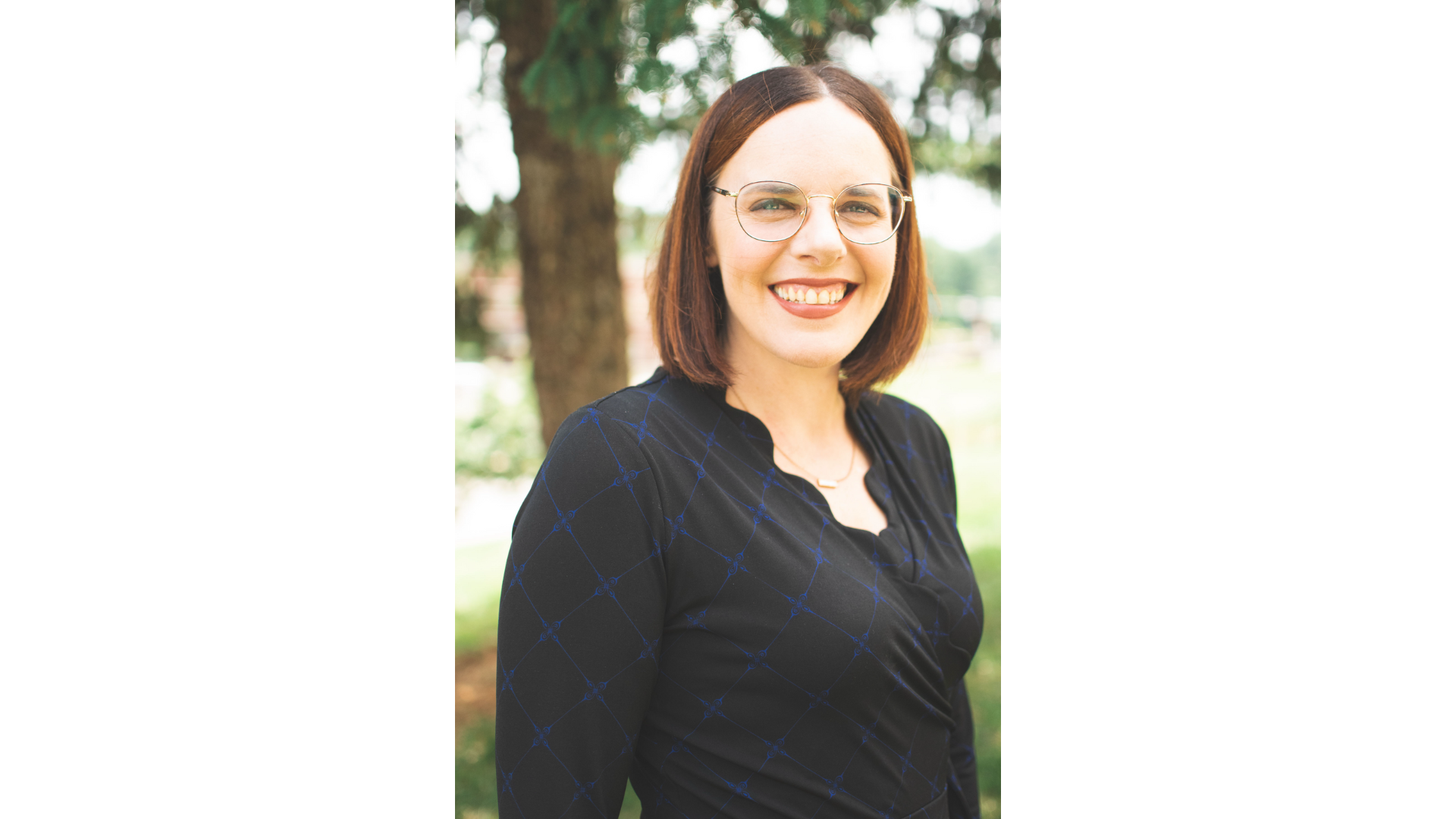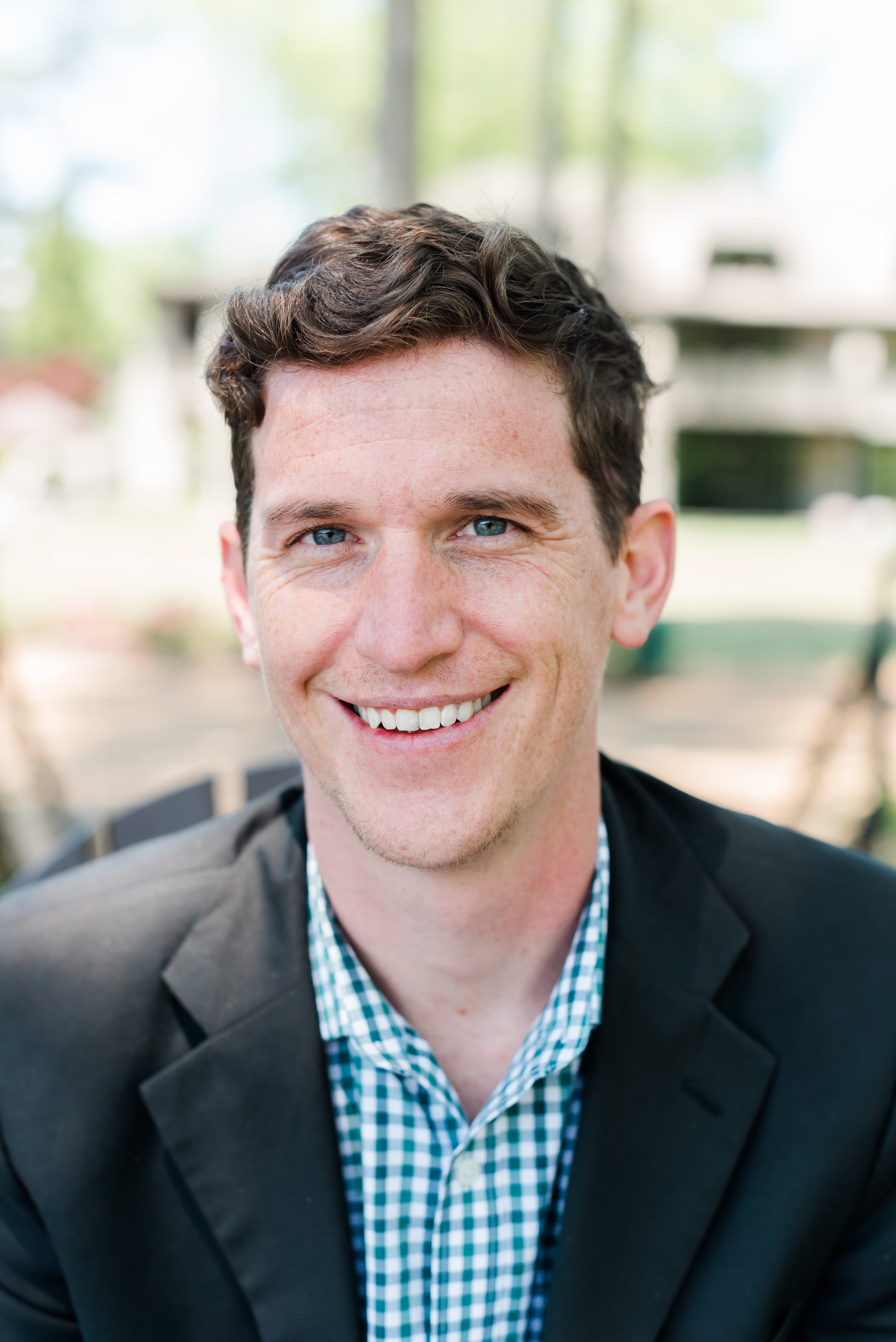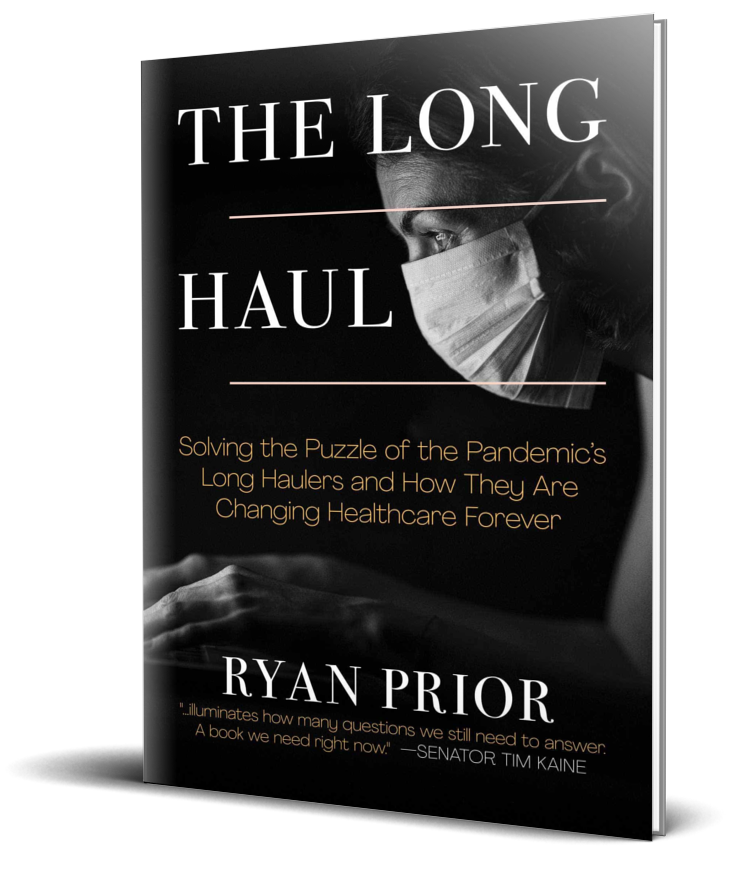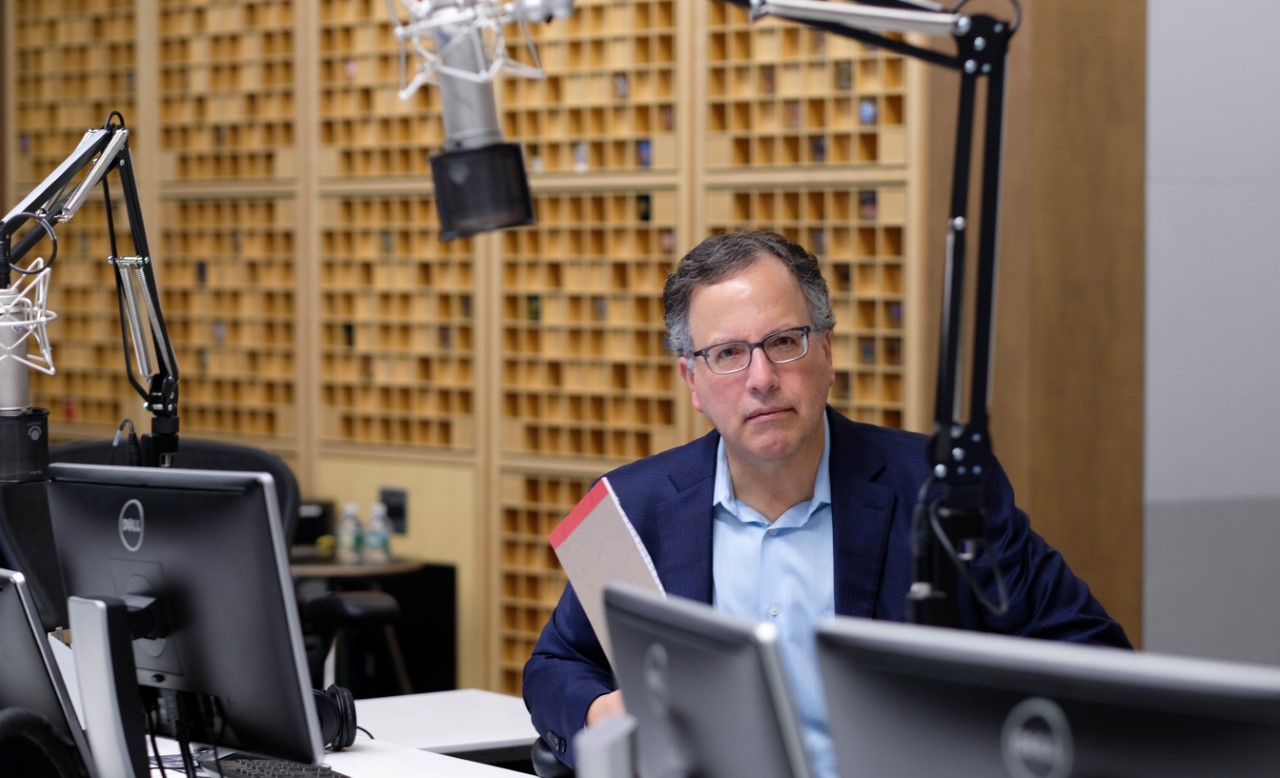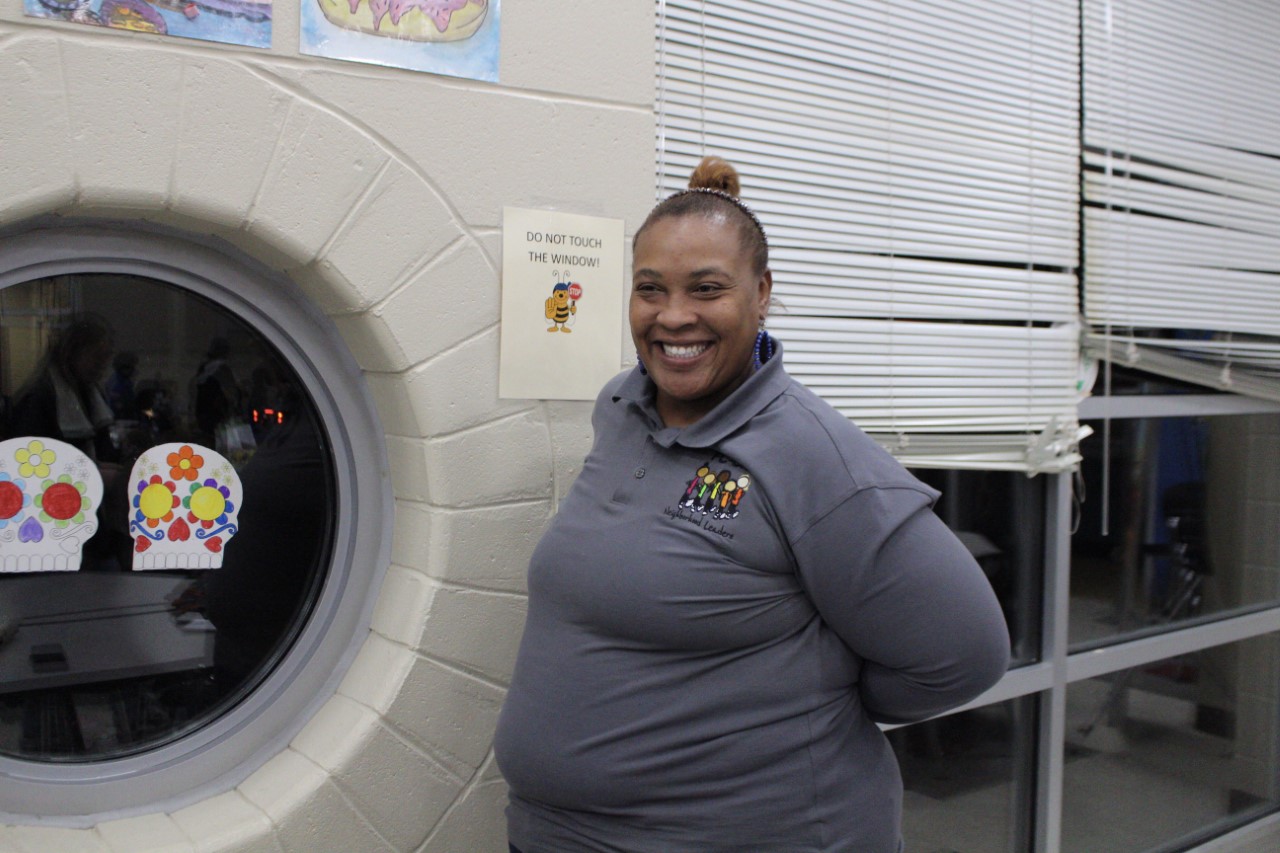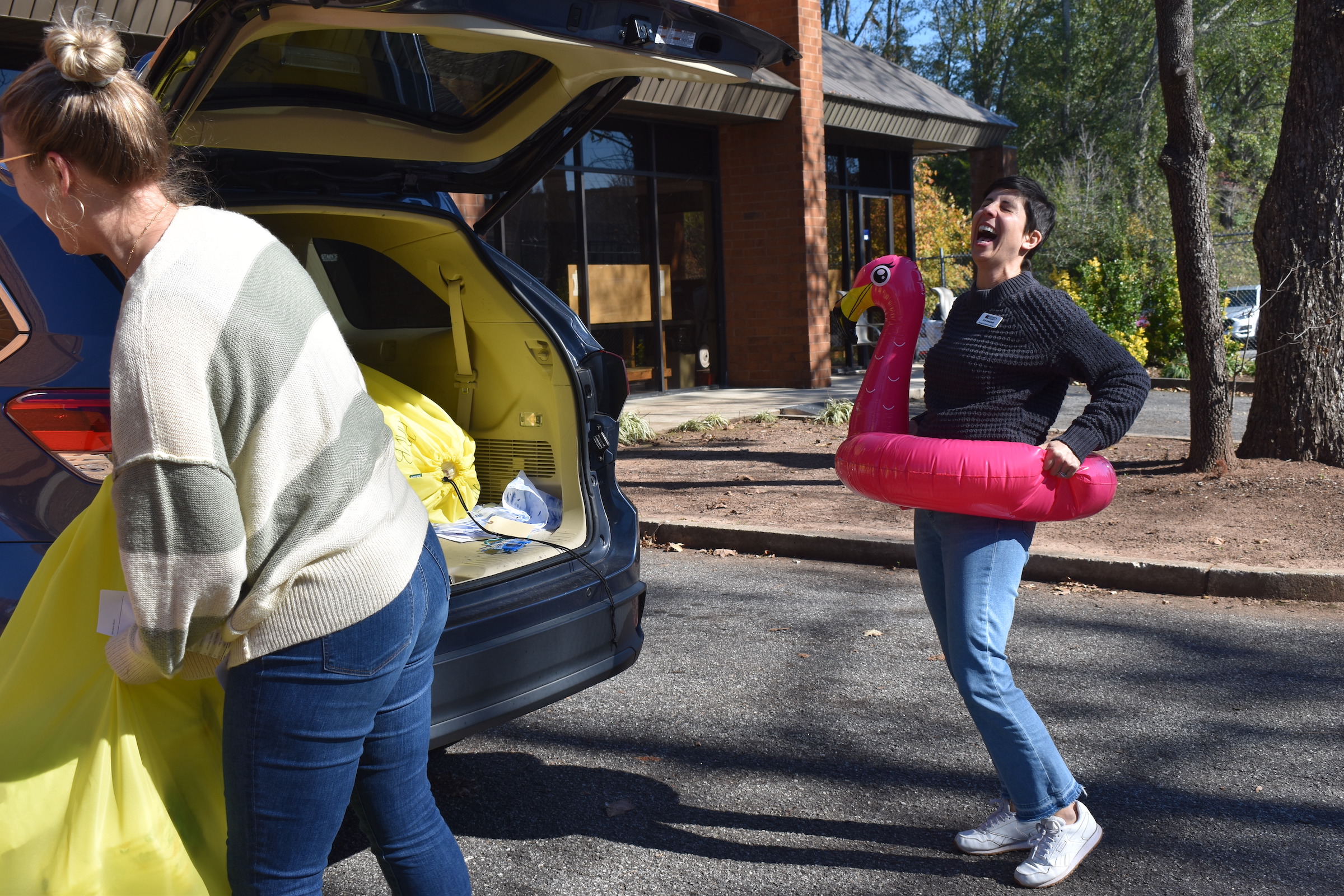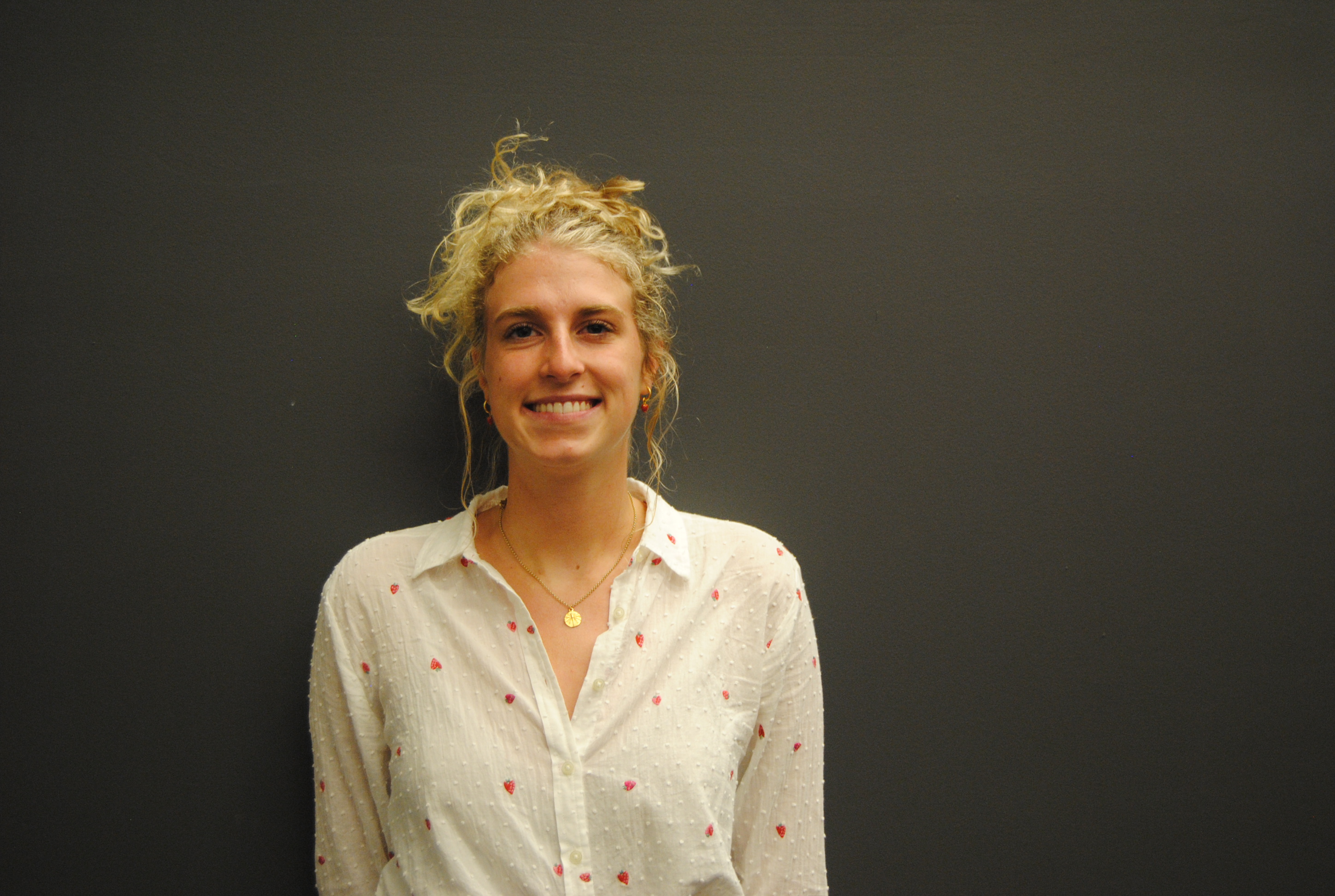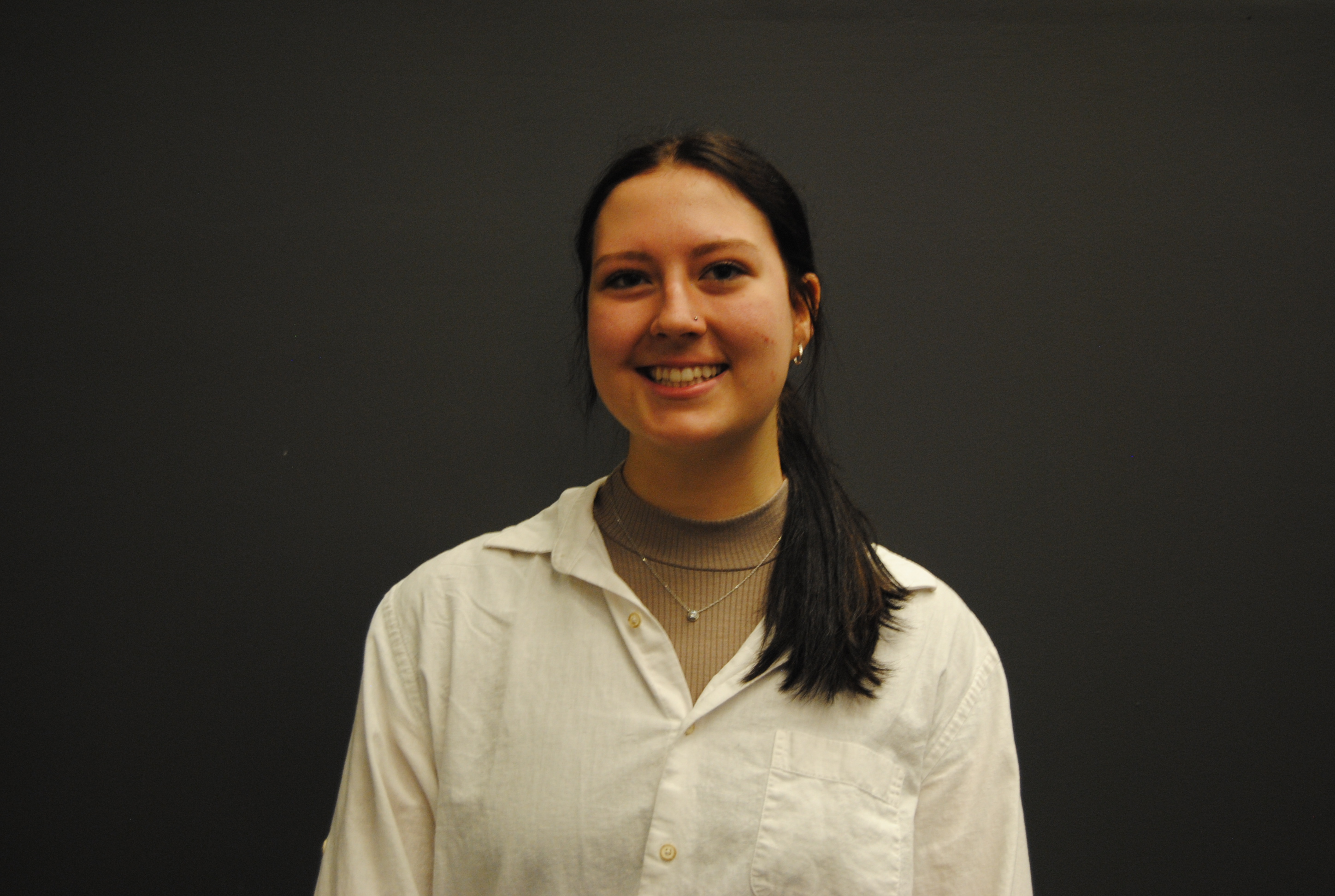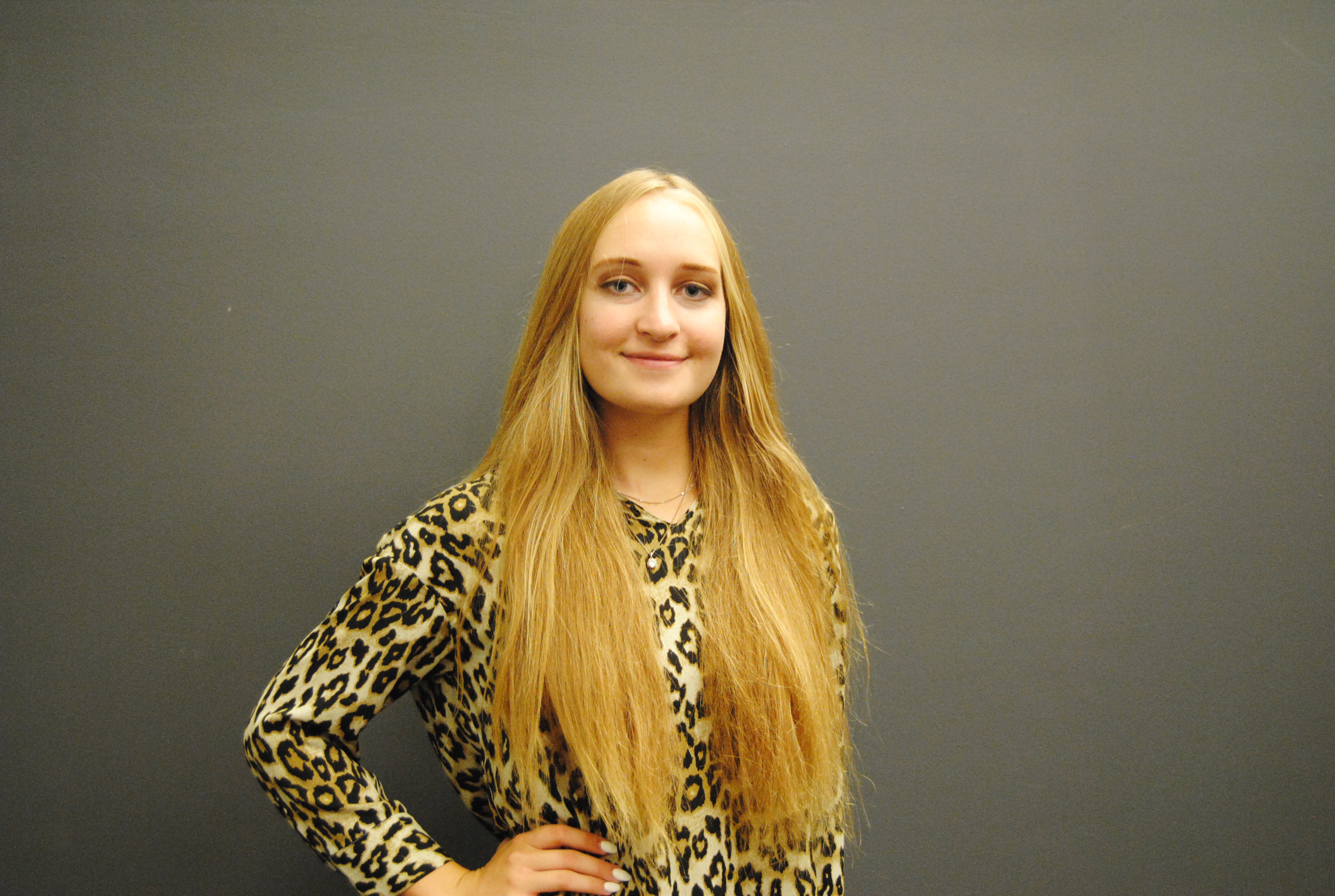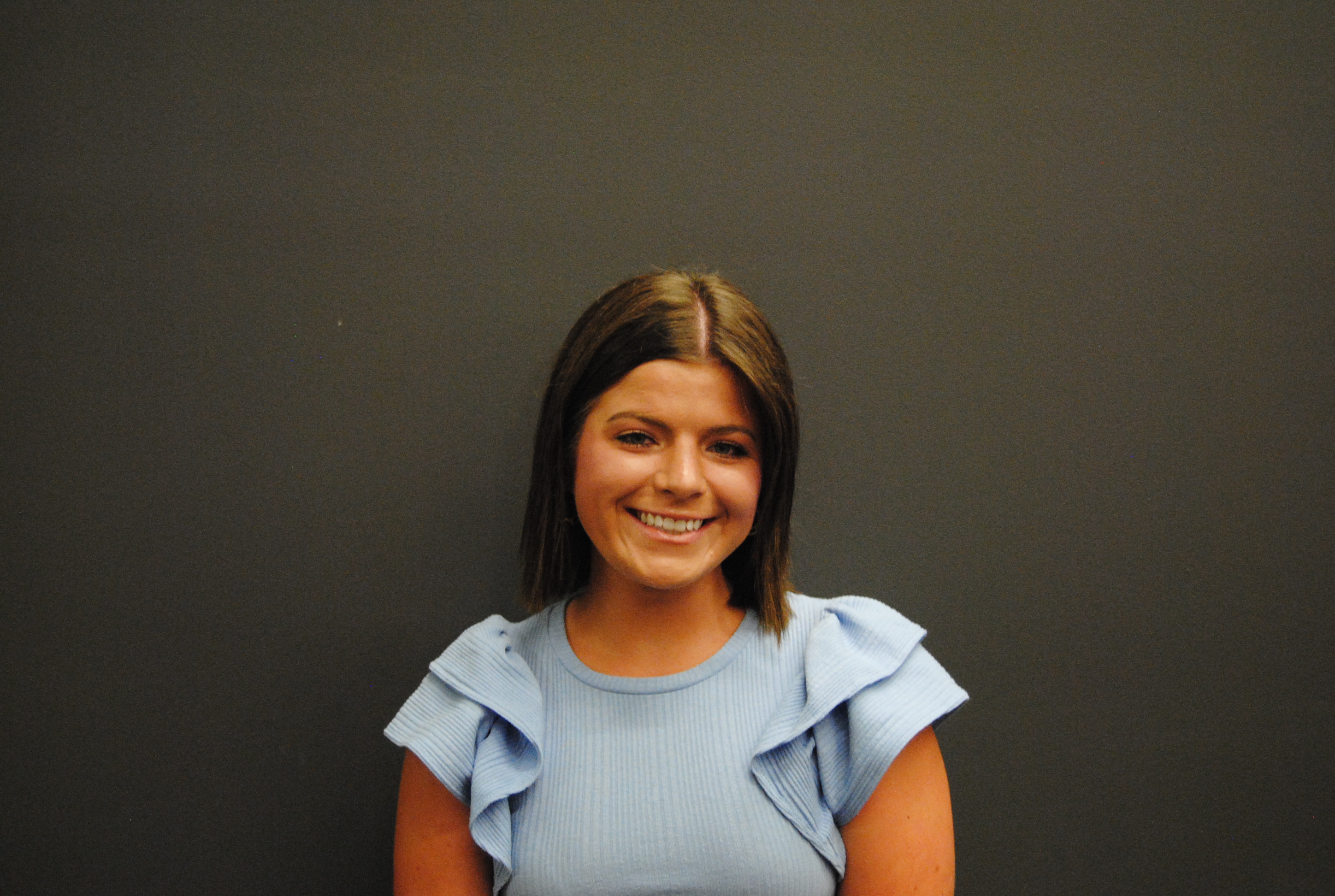By Ellie Pool
More than 5,600 students at the University of Georgia received the Federal Pell Grant for the 2023-24 academic year, according to Sara Freeland, communications director for UGA’s Office of Instruction, which is almost 20% of the entire undergraduate student body. Jamison Wood is one of these students.
Wood is a senior public relations major from Hiawassee, Georgia. Since she was a little girl, she knew she wanted to attend UGA, and she worked hard to get there. She is a Pell Grant recipient, among numerous other scholarships that make it possible for her to attend college.
Pell Grants are a form of gift aid available to college students earning their first bachelor’s degree in the United States. Pell Grants are provided by the federal government and do not need to be repaid, according to Freeland.
The main difference between Pell Grants and student loans is that Pell Grants do not need to be repaid, except under certain circumstances, making them a great option for funding college for students who come from low to middle-income households. The main reason a Pell Grant would have to be repaid is if the recipient’s enrollment status changed, according to Prep Scholar. If that happens, the school would notify the recipient, giving them 45 days to pay it back or enter into a satisfactory repayment agreement.
Pell Grants usually are awarded only to undergraduate students who display exceptional financial need and have not earned a bachelor’s, graduate, or professional degree, according to the Federal Student Aid’s website.

The amount each student receives from the Pell Grant depends on their financial situation, but the maximum amount can be anywhere up to $7,395 for the 2023-24 school year.
Coming into UGA, Wood knew she would be eligible for the Pell Grant because she was coming from a single parent household. Her father helped her figure this out because he was also eligible for the Pell Grant when he went to college.
Wood’s parents helped her figure out her finances for college, and Wood passed that knowledge to her younger sister, Jacey, a current first-year student at UGA. The sisters are essentially on the same scholarships, although Wood said that her sister got a few more local scholarships.
“I knew I was going to have those two [HOPE Scholarship and Pell Grant], and I also got some local scholarships, and one national one… I knew I had a lot of opportunities with state scholarships,” said Wood.
The three main scholarships that Wood said support her and her sister are the Pell Grant, HOPE Scholarship and the Hagan Scholarship.
Eligibility for the Pell Grant requires students to fill out the Free Application for Federal Student Aid, aka FAFSA. Students are automatically considered for the Pell Grant upon completion of FAFSA, according to Prep Scholar.
To complete the FAFSA, the student has to have a valid high school diploma, be a citizen or eligible non-citizen of the United States, have a social security number and maintain satisfactory progress in school.
The amount of money a student receives depends on Expected Family Contribution, the cost of their university, status as a full or part-time student and how long you plan on attending school. Expected Family Contribution is calculated through your FAFSA form, through a number of factors including the number of people living in your house and your school’s cost of attendance, according to Prep Scholar.
Most Pell Grants are awarded to students whose families make less than $30,000 annually. According to Prep Scholar, it’s ‘possible but rare’ for students to be awarded the grant if their family makes over $60,000 annually.
When applying for scholarships, Wood didn’t stop at just filling out FAFSA. She found additional local and national scholarships through her high school guidance counselor.
She wanted to come out of undergraduate school debt-free. Through her many scholarships she will achieve that goal when she graduates in May.
“I know student loans are such a major issue for a lot of Americans, and my stepdad, he still has to pay some on student loans, and my stepsister has a lot of student loans. So I really wanted to try, if at all possible, to be debt free,” Wood said.
Woods’ end goal is obtaining two degrees with no debt.
After graduating, Wood plans to continue her education at UGA by enrolling in the master’s program in student affairs administration. She will try for a graduate assistantship program to cover tuition and provide her with a stipend, in addition to reapplying for the Hagan’s Graduate Scholarship, which provides funds for up to four consecutive semesters of secondary education.
Ben Hampton, a Ph.D. student in the Financial Planning program at UGA, has been working with finances for almost a decade. He believes that when it comes to college and finances, most students get guidance from their parents on how to finance college.
Hampton got his undergraduate degree in finance, then worked in financial planning for six years before coming back to UGA for his Ph.D.
Hampton says the most helpful thing to do when figuring out which college to attend and how to finance it is to do your best in high school so you can qualify for as many merit-based scholarships as possible. Students also need to compare the financial situations between colleges to make sure you choose the best option for your needs, Hampton said.
“College is expensive, so a lot of students need student loans. As students are getting close to graduating, figuring out how to repay them, it can be a little overwhelming… But with a little bit of research or guidance…” Hampton said, ”You can find a good repayment plan that works for you, and it doesn’t have to be as scary, necessarily, as you think.”
Freeland said her best piece of advice to high school students applying to colleges and looking for financial aid is to “just take your time and be cognizant that there are opportunities out there.”
Ellie Pool is a journalism student at the University of Georgia.



